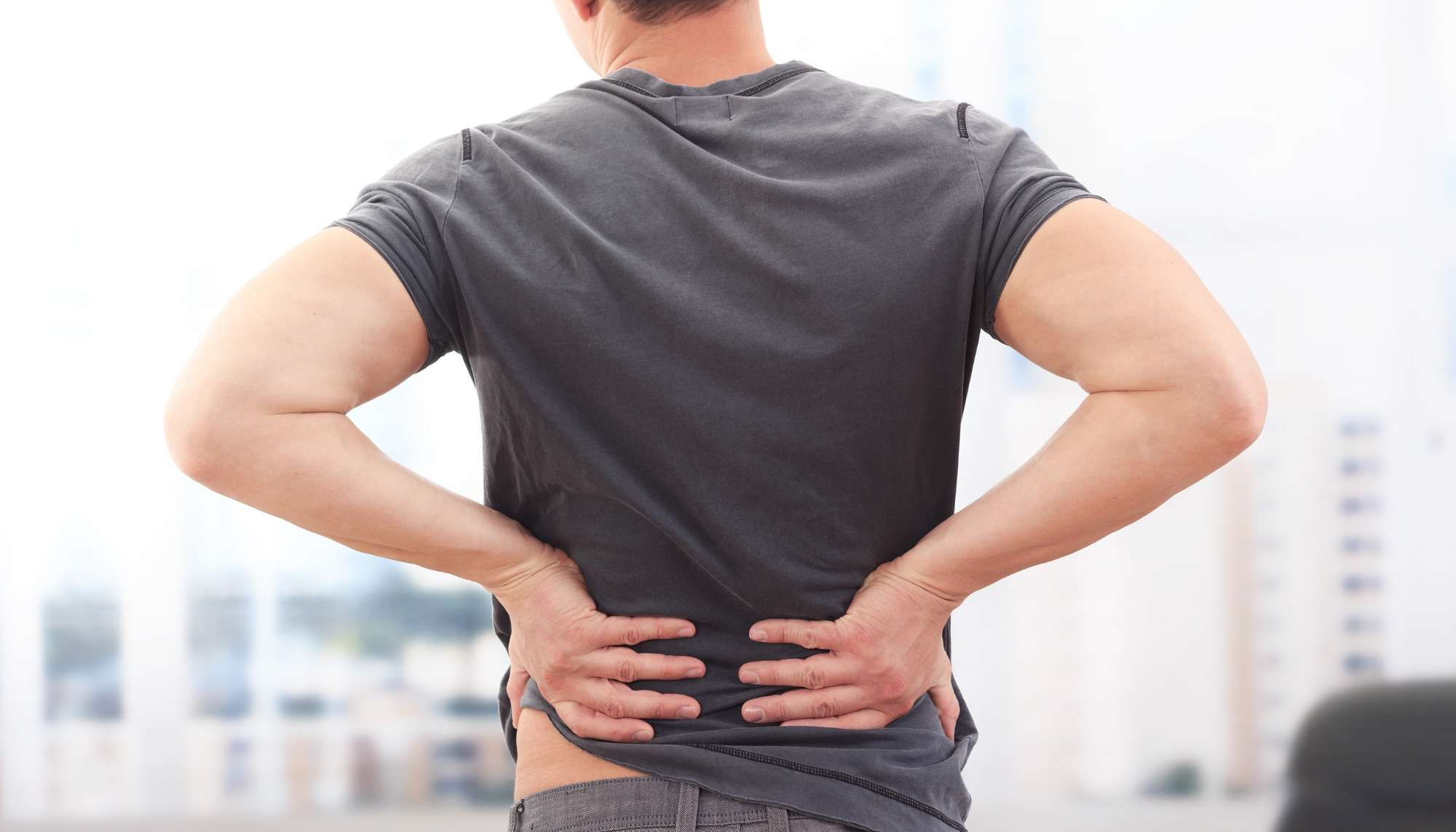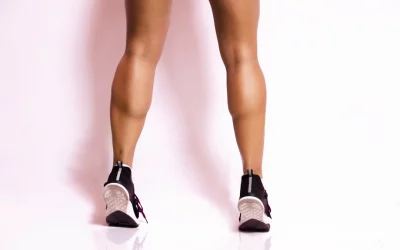Lower back pain can affect your daily life in numerous ways. You may cancel plans to rest at home or you may not want to participate in physical activities out of fear of further injury. Use these suggestions to get back on your feet in no time!
Relieve tension in your lower back by these three methods:
1. Warm up the muscles to encourage them to loosen, either with a warm bath or a heating bag.
2. Gently stretch the muscles in every direction. Try bending forward, leaning back, twisting and tilting, and even rotating your legs and ankles.
3. Seek professional help if the pain does not lessen or it gets worse.
Warming up muscles is a great way to provide pain relief.
When your muscles and joints become stressed, they will often tense up, which causes pain. One of the first things to try when you feel low back pain is to warm up your muscles, to see if they can be loosened. Hot baths, heating pads, and warm clothing can allow the tension to dissipate or at least make the muscles easier to manipulate.
Stretches for your lower back.
There are many different stretches that help to target your lower back muscles. Keep in mind that your lower back muscles are interconnected with your hip, leg, and upper back muscles as well. By using a more holistic approach to stretching all the nearby muscles, you are more likely to relieve and prevent back pain.
These stretches should not replace medical advice and be sure to talk to your doctor if you have any concerns.
Bend over to touch your toes.
It doesn’t matter if you can touch the floor or not. Bending over as far as you can without pain will help to lengthen tight lower back muscles. Try gently rotating the right and left to loosen additional muscles.
Tilt and rotate your torso.
Stand up tall, with your arms down, out to the side, or above your head. Tilt or lean your torso to the side and rotate either with the tilt or away from it. You will feel this stretch in different places, depending on how you twist.
Seated twist.
Sit up straight on the ground, with your legs extended straight in front of you. Cross your left leg over your right, so that your left foot is between your right knee and hip. Twist to the left, then repeat on the right side. This helps to stretch out several muscles along your spinal cord.
Curve your back.
You can either do this as a standing bend or on all fours as a cat and cow stretch. This targets muscles in both your upper and lower back to relieve pain and improve mobility.
Rotating your ankles.
Whether you’re sitting or standing, rotating your feet so that either your toes or ankles are pointing together is a great way to target forgotten muscles. These stretches loosen tight hip flexors, which can cause low back pain.
If you’d like to do a greater variety of low back stretches with optimal hold times and repetitions, check out WeStretch’s low back pain relief routine!
Seek physical therapy and professional help.
While we can often reduce lower back pain with stretching and at-home treatments, it is best to get help if the pain doesn’t lessen or gets worse. Chiropractic care is great for focusing on spine alignment, massage therapy manipulates and soothes tight muscles, and acupuncture relieves tension by targeting different pressure points. Different treatment options work better for different people, so find what works best for you.
Additional advice for low back pain.
Identify the cause of your lower back pain.
Is it a physical condition you will have for the rest of your life, or is it from how you’re approaching an activity? Improper heavy lifting, sitting with poor posture, or doing too much physical activity can all be causes of lower back pain.
Get enough sleep.
Sleep is one of the best recovery methods that the human body has. Make sure you are getting adequate amounts of sleep to allow your body to heal. If you’re sleeping poorly, it may be due to using the wrong pillow or mattress type for your body or even an underlying health condition. Talk to your doctor to see if they can help you improve your quality of rest.
Exercise regularly
Physical activity, such as walking, is great for improving circulation and keeping your body healthy. This keeps your muscles active and encourages blood flow through your joints. Exercise is often recommended for many different ailments, including back pain. Find something to your fitness level and what you enjoy doing, whether it’s water aerobics, rollerskating, or golf.
Lower back pain can affect daily life, however, by treating it as soon as it appears, you will feel like your normal self again in no time!
Download WeStretch today from the App Store or Google Play, or stretch right off of your computer with our browser app!
Any links included are for reference, additional information, or entertainment value only, without monetary compensation. Contact us on social media or at [email protected].
This article is not intended to act as or replace medical advice. Please talk to your healthcare practitioner if you have any concerns.
Written by Kayla Willsey






